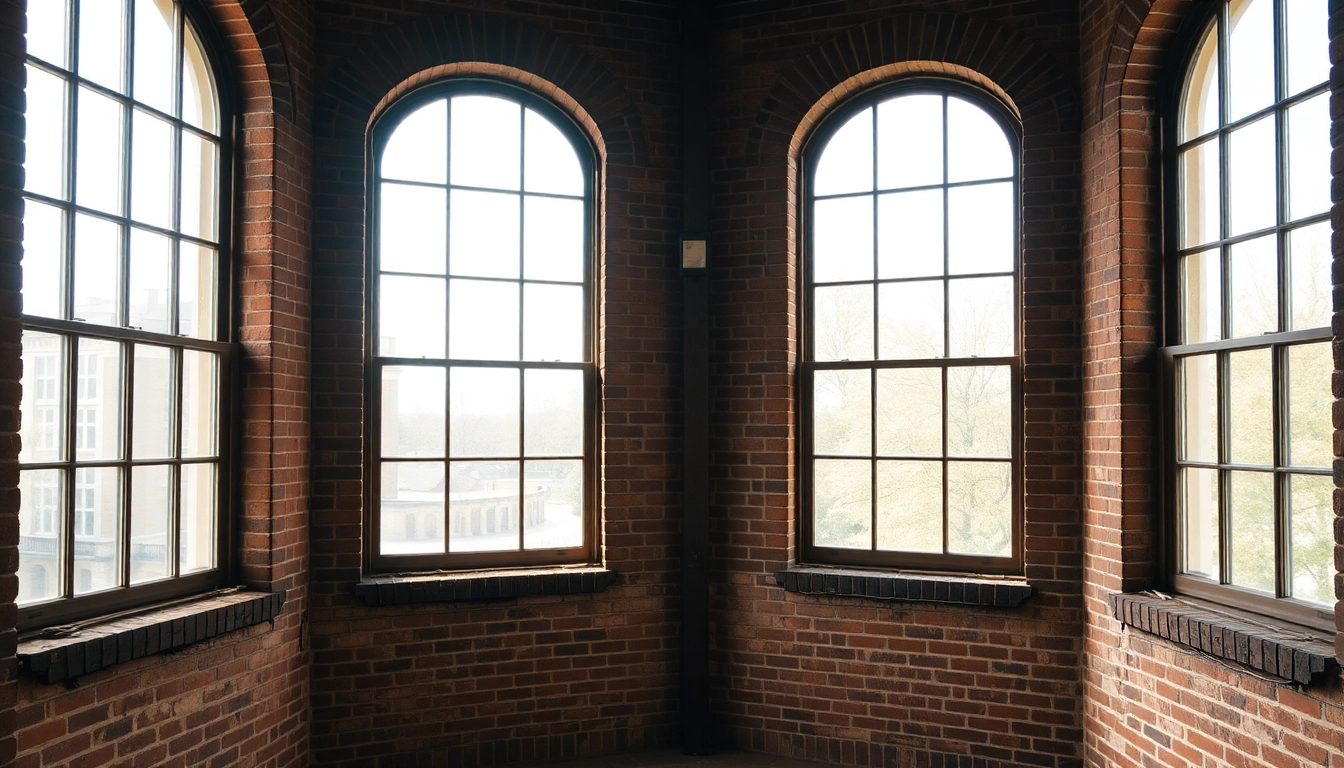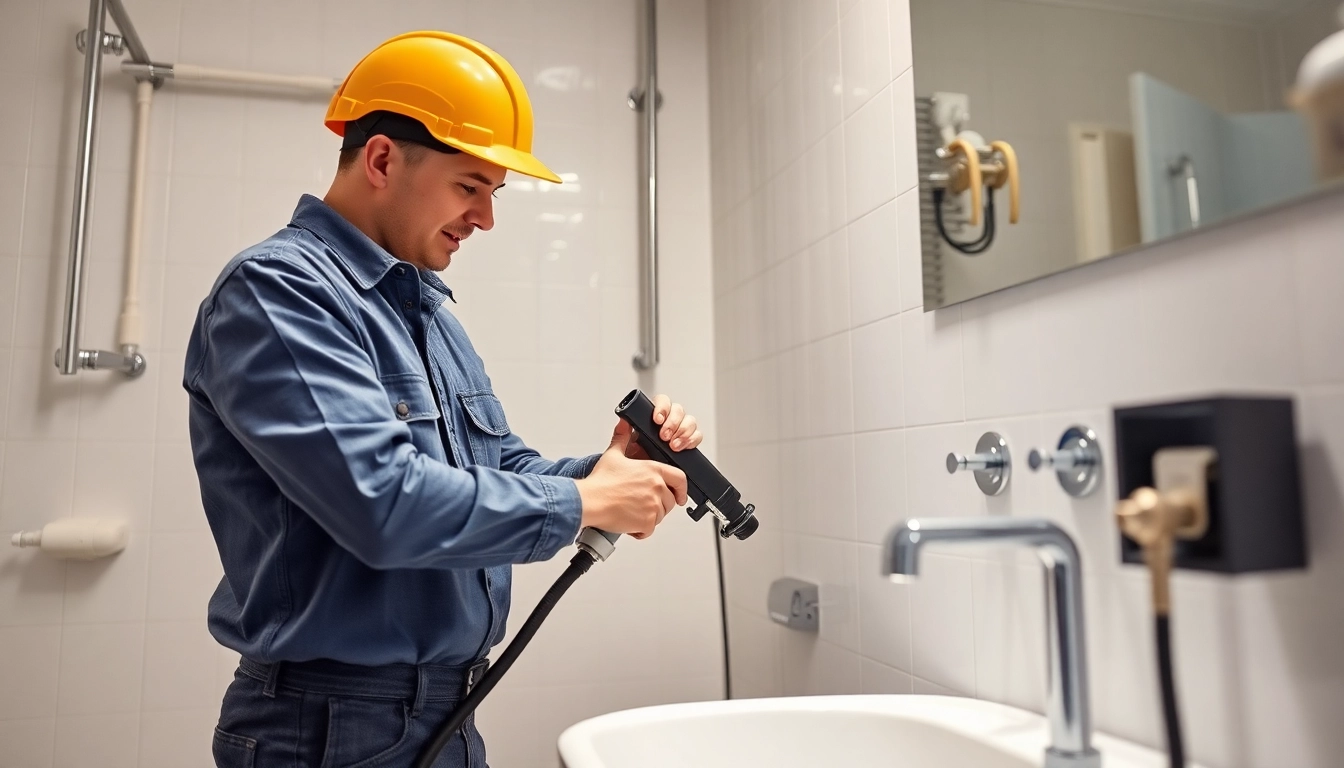Understanding Period Sash Windows
Period sash windows are more than just functional elements in our homes; they represent a rich tapestry of architectural history, tradition, and style. For those living in period properties, these windows are often a defining feature, and understanding their significance can help homeowners make informed decisions about restoration, replacement, and maintenance. Whether you are considering installing new period sash windows or revamping existing ones, it’s essential to appreciate their history, style, and the benefits they bring to your home.
History and Evolution of Sash Windows
Sash windows have evolved significantly since their inception in the late 17th century. The earliest versions appeared during the late Renaissance and were initially celebrated for their elegant aesthetics and functionality. Sash windows became prominent in Georgian architecture, characterized by their two vertically sliding sashes, allowing for improved ventilation and light. Over time, the designs of these windows gradually changed, adapting to various architectural trends and technologies.
By the Victorian era, sash windows became more elaborate, with ornate detailing and larger panes of glass to reflect the grandeur of the period. The introduction of single and double-hung variations further added to their appeal. Despite the industrial revolution bringing about advancements in manufacturing, which led to the development of newer, more modern window styles, period sash windows have retained their charm and are still highly sought after today, particularly in restoration projects.
Common Styles and Features of Period Sash Windows
Period sash windows are available in various styles that reflect their era of origin. Georgian sash windows are characterized by their six-over-six vertical panes and simplicity. In contrast, Victorian sash windows often featured larger panes and more complex designs, including decorative sash horns. Some common features to look for include:
- Sliding mechanisms: Traditional sash windows utilize a pulley system that allows for smooth operation.
- Materials: High-quality hardwood frames are standard, with many homeowners opting for oak or softwoods.
- Glass types: Single glazing was initially used, but contemporary restorations may involve energy-efficient double glazing.
Why Choose Sash Windows for Your Period Property?
Sash windows not only enhance the historical integrity of period properties, but they also offer several practical benefits. First, they provide excellent ventilation and can easily be manipulated to let fresh air into your home. Furthermore, due to the aesthetic appeal and craftsmanship involved, they often increase the property’s market value, making them a savvy investment for homeowners.
Benefits of Period Sash Windows
Energy Efficiency and Insulation
Contrary to popular belief, period sash windows can be made equivalently energy-efficient when they are restored or fitted with modern double glazing options. The innovative technology used in double glazing reduces heat loss while maintaining the original appearance of sash windows, ensuring that your home remains warm in the winter and cool in the summer. Additionally, using proper sealing and draught-proofing techniques can significantly improve energy efficiency.
How Period Sash Windows Enhance Curb Appeal
Curb appeal plays a crucial role in the overall aesthetic of a home, particularly for period properties. Period sash windows contribute to a distinctive look that many homeowners desire. Their vertical panes and classic design can enhance the architecture of your home, making it stand out in the neighborhood. Opting for traditional styles can also help preserve the historical character of your property, which is typically appreciated in local architecture.
Durability and Long-Term Value
Investing in quality period sash windows often yields long-term benefits. Originally crafted from durable hardwoods, these windows can last for decades when properly maintained. Their robust construction can resist the elements far better than contemporary plastic alternatives, reducing the need for frequent replacements. Additionally, well-maintained sash windows often appreciate in value, contributing positively to your property’s overall market worth.
Choosing the Right Sash Window for Your Home
Key Features to Look For
When selecting period sash windows, it is essential to focus on several key features to ensure you make the best choice for your home. Consider the following:
- Authenticity: Look for windows made to traditional specifications, utilizing materials and designs that reflect the accurate period of your property.
- Energy performance: Assess the thermal performance ratings, particularly if you prefer modern double-glazed windows.
- Security features: Many modern sash windows come equipped with advanced locking mechanisms while still maintaining traditional aesthetics.
Custom vs. Off-the-Shelf Period Sash Windows
Choosing between custom and off-the-shelf sash windows can greatly affect the final installation. Custom-built windows allow for precise measurements and can align perfectly with unique architectural elements within your home. This option also ensures that the window replicates historical features accurately.
On the other hand, off-the-shelf options can be more cost-effective and readily available. However, they may not always fit precisely or exhibit the same quality of craftsmanship as their custom counterparts. Factors such as budget, timeline, and personal preferences should guide your decision in this regard.
Understanding Costs and Budgeting
The costs associated with replacing or installing period sash windows can vary widely based on several factors, including size, materials, and whether customization is required. On average, homeowners can expect to spend anywhere from £700 to £1,500 per window, with additional costs for installation.
It’s crucial to set a realistic budget early in the planning phase. Also, consider potential hidden costs such as architectural adjustments, operating mechanisms, and historical preservation requirements. Obtaining several quotes and seeking advice from professionals can help you navigate this process effectively.
Installation and Maintenance Tips
Professional Installation vs. DIY
Deciding between professional installation of period sash windows or attempting a DIY approach should be carefully considered. Engaging a skilled installer with experience in historical properties allows for precise fitting and appropriate restoration techniques.
However, if you have adequate skills and knowledge, a DIY installation may offer cost savings while providing a fulfilling project. Just be prepared to address potential pitfalls such as ensuring correct measurements and utilizing suitable materials for a successful installation.
Routine Maintenance for Longevity
Consistent maintenance is key to maximizing the lifespan of your period sash windows. Regularly inspect for signs of wear, including paint peeling, rot, or drafts. Here are some maintenance tasks to implement:
- Cleaning: Regularly clean the frames and replace weather stripping or seals when necessary.
- Painting: Keep wooden windows protected from moisture by applying paint every five to ten years.
- Lubrication: Apply lubricant to the sliding mechanisms to ensure smooth operation.
Common Repair Needs for Sash Windows
Despite proper maintenance, period sash windows may occasionally require repairs. Common issues include:
- Broken cords: Replacing the cords that help operate the sashes is a common repair task.
- Draughts: Addressing gaps and seals can minimize heat loss and dampness.
- Rotted wood: Repairing or replacing rotted sections is essential for maintaining structural integrity.
FAQs About Period Sash Windows
What Era Are Sash Windows From?
Sash windows have been a favored choice from the Georgian period (1714-1830) through to the late 1920s. They became widely popular due to their functional design and aesthetic appeal, seamlessly blending both form and function.
How to Date a Sash Window?
Dating a sash window can be done through various indicators. Key methods include examining:
- The profile of the sash
- The type of glass used
- The presence of decorative sash horns, which are often seen in windows post-Victorian era
Consider consulting a professional for a more accurate evaluation, particularly if you’re engaging in restoration work.
What Are the Different Types of Sashes?
Window sashes refer to the frames surrounding the glass panes. The primary types include:
- Single-hung: Only the lower sash moves up and down.
- Double-hung: Both sashes may slide vertically.
- Casement: Hinged on one side, opening outward.
- Sliding: Sash slides horizontally.
Understanding these types is crucial when deciding what best suits your period property’s style.













